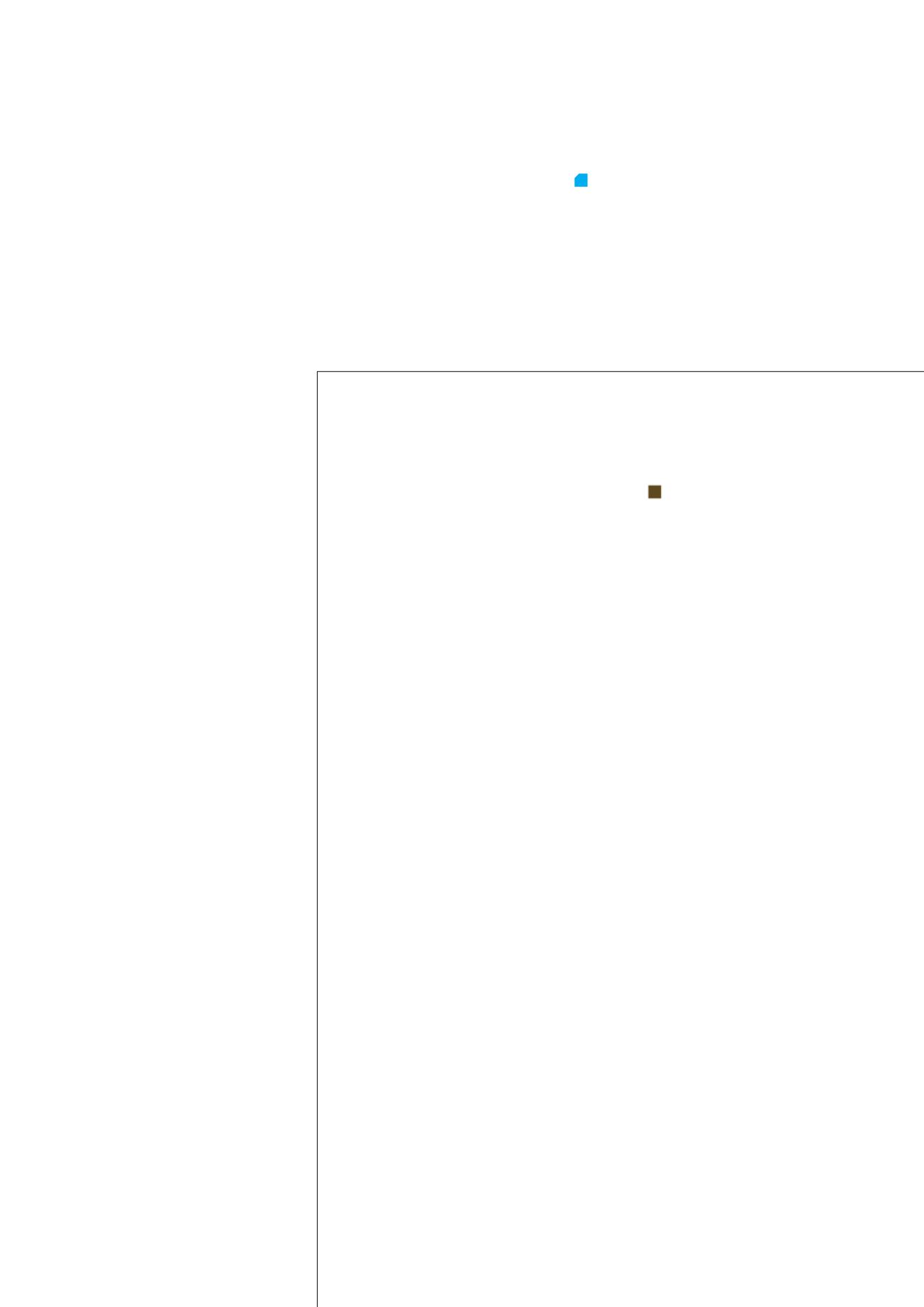
automatically switch to the redundant system. In this example,
safety mechanisms were incorporated so that the operator has to
manually reset to the primary mode of operation after all faults
are cleared. The remaining cycle time of the redundant system
automatically switches to the original running system (A) when
alarms have been cleared and the system is deemed safe for
standard operation.
Data integration, communication and user interface
preferences must also be considered when designing an integrated
control system. The control systemmust be easily accessible, yet
protected from unauthorised access. The operator should be able
to access key parameters locally, while the system should be
capable of transmitting key data via industry accepted data
communication protocols.
In this example, eltherm chose and
provided an open architecture for
control, monitoring and
communication of the tank base
heating system, while ensuring that the
system was easy to use, provided
sufficient protection capability and
allowed for additional expansion
should the need arise. A central
processing unit, capable of providing
local user interface and remote
transmission of data via MODBUS® to
the plant digital communications
system (DCS) system (via ethernet) was
chosen for monitoring of all field
sensory, alarm functions and control
of the primary and redundant heat
tracing circuits. The open architecture
and the use of industry accepted
hardware allowed for maximum
flexibility and reliability of the overall
system.
Implementation
The proper design and implementation
of an electric heat tracing system for
cryogenic storage tanks is critical to
ensure safe, reliable and efficient
operation. There are many different
types and configurations of heating
cable designs available, and involving a
heat tracing supplier specialised in
manufacturing the appropriate
products and selecting the best
solution should be considered. This
important part of project engineering
should not be left to chance, because
failures in the system could result in
enormous costs and damages to the
operator and owner of the tanks. The
harsh environment that all
components of the heating system will
be exposed to must also be
considered, and material selection and
workmanship of the heating cables is
critical to ensure a long operational
life.
The use of state of the art design tools during the planning
phase, including multi dimensional modeling software which
provide optimum layout and failure analysis, are vital to the
successful implementation of a reliable and efficient system at a
reasonable cost.
T&T
References
1. PENNER, E., ‘Ground Freezing and Frost Heaving,’ Canadian
Building Digest, CBD 26, Division of Building Research, National
Research Council of Canada, Ottawa, 1962.
2. National Fire Protection Agency (NFPA), Standard 59A,
Standard for the Production, Storage, and Handling of Liquefied
Natural Gas (LNG), 2013.
3. EN-1473:2007, Installation and Equipment for Liquefied Natural
Gas – Design of Onshore Installations.
InterOcean Systems, Inc.
Environmental Systems Division
+1 858 565 8400 • San Diego, CA • USA
icksleuth.com
•


